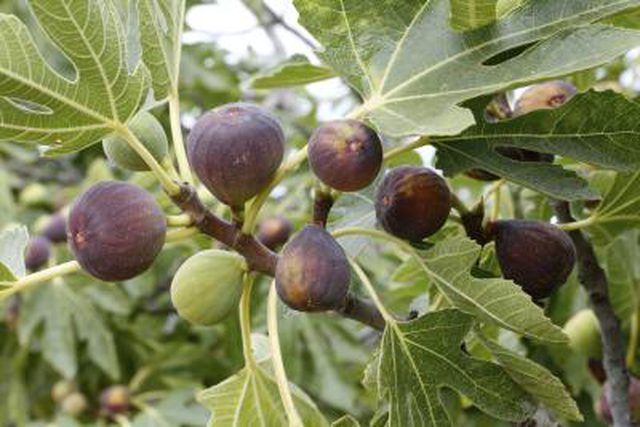Bulbs
Flower Basics
Flower Beds & Specialty Gardens
Flower Garden
Garden Furniture
Garden Gnomes
Garden Seeds
Garden Sheds
Garden Statues
Garden Tools & Supplies
Gardening Basics
Green & Organic
Groundcovers & Vines
Growing Annuals
Growing Basil
Growing Beans
Growing Berries
Growing Blueberries
Growing Cactus
Growing Corn
Growing Cotton
Growing Edibles
Growing Flowers
Growing Garlic
Growing Grapes
Growing Grass
Growing Herbs
Growing Jasmine
Growing Mint
Growing Mushrooms
Orchids
Growing Peanuts
Growing Perennials
Growing Plants
Growing Rosemary
Growing Roses
Growing Strawberries
Growing Sunflowers
Growing Thyme
Growing Tomatoes
Growing Tulips
Growing Vegetables
Herb Basics
Herb Garden
Indoor Growing
Landscaping Basics
Landscaping Patios
Landscaping Plants
Landscaping Shrubs
Landscaping Trees
Landscaping Walks & Pathways
Lawn Basics
Lawn Maintenance
Lawn Mowers
Lawn Ornaments
Lawn Planting
Lawn Tools
Outdoor Growing
Overall Landscape Planning
Pests, Weeds & Problems
Plant Basics
Rock Garden
Rose Garden
Shrubs
Soil
Specialty Gardens
Trees
Vegetable Garden
Yard Maintenance
Fig Tree Diseases
Fig Tree Diseases. Fig trees (Ficus carica) are hardy, with few serious disease issues. These deciduous shrubs or small trees are native to the Mediterranean region. They typically grow between 10 and 20 feet tall with an approximately equal spread, and thrive in U.S. Department of Agriculture plant hardiness zones 6 to 9.

Fig trees (Ficus carica) are hardy, with few serious disease issues. These deciduous shrubs or small trees are native to the Mediterranean region. They typically grow between 10 and 20 feet tall with an approximately equal spread, and thrive in U.S. Department of Agriculture plant hardiness zones 6 to 9.
Fig Rust
Fig rust is the most common disease of figs cultivated in the Gulf Coast region, according to the Louisiana State University Ag Center. Flat yellowish spots appear on the top surfaces of the fig leaves. The spots grow larger and change from yellow to reddish-brown as the disease progresses. Raised, blister-like, reddish-brown lesions appear on the lower surfaces. Trees eventually shed their infected leaves, leading to defoliation. Cerotelium fici, the fungus that causes fig rust, does not affect the fruit.
Treatment Options
Prune the tree to allow more air to circulate, and rake up and destroy dead leaves. Spray infected trees with one or two applications of Bordeaux fungicide in a 4:4:50 ratio at May or at the beginning of June -- 4:4:50 applies to how many pounds of copper and how many pounds of lime you add to 50 gallons of water. If you only have one tree, you can make a gallon of Bordeaux fungicide at home by adding 6.5 teaspoons of copper sulfate and 3 tablespoons of hydrated lime to a gallon of water. Strain the materials through a cheesecloth filter to remove any bits of copper sulfate or lime before pouring the mixture in your sprayer. Spray the plants when their leaves first reach full size, and then spray again three or four weeks later. Make sure you thoroughly cover the leaf surfaces.
Thread Blight
The Pellicularia koleroga fungus causes leaf blight, also called thread blight, in figs. Spots on the foliage develop a yellowed, water-soaked appearance. Eventually, the lower surface of the leaf will turn tan or light brown and a thin mat of fungus forms on its surface, while the upper surface turns silvery white. During hot, damp weather, the leaves quickly shrivel, die and drop, and the dead leaves may appear to be matted together. This fungus mainly affects the leaves, but new fruit may also be affected. This fungus does not respond to fungicides. Rake and destroy fallen leaves to keep the infection from spreading.
Limb Blight
The Corticium salmonicolor fungus causes limb blight. The fungus enters the tree at an injury site or through a dead fruiting spore, causing rapid wilting and leaf loss. Prune out all dead twigs, leaves and limbs to avoid spreading the infection. Pruning shears can spread the fungus from diseased to healthy limbs, so always be sure to disinfect your tools by soaking them in a mixture of rubbing alcohol and water for at least five minutes.
Fig Mosaic Virus
Fig mosaic virus first appeared in California, but it spread across fig-producing areas of the United States. This disease is caused by a complex of several different viruses, and there is no cure. The only prevention is to inspect young fig plants for signs of the diseases before purchase. During the warm days of midsummer, the leaves develop a mottled appearance. Infected trees may produce less fruit, and the fruit may be small or deformed.